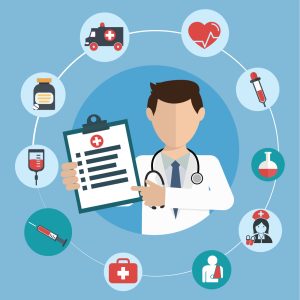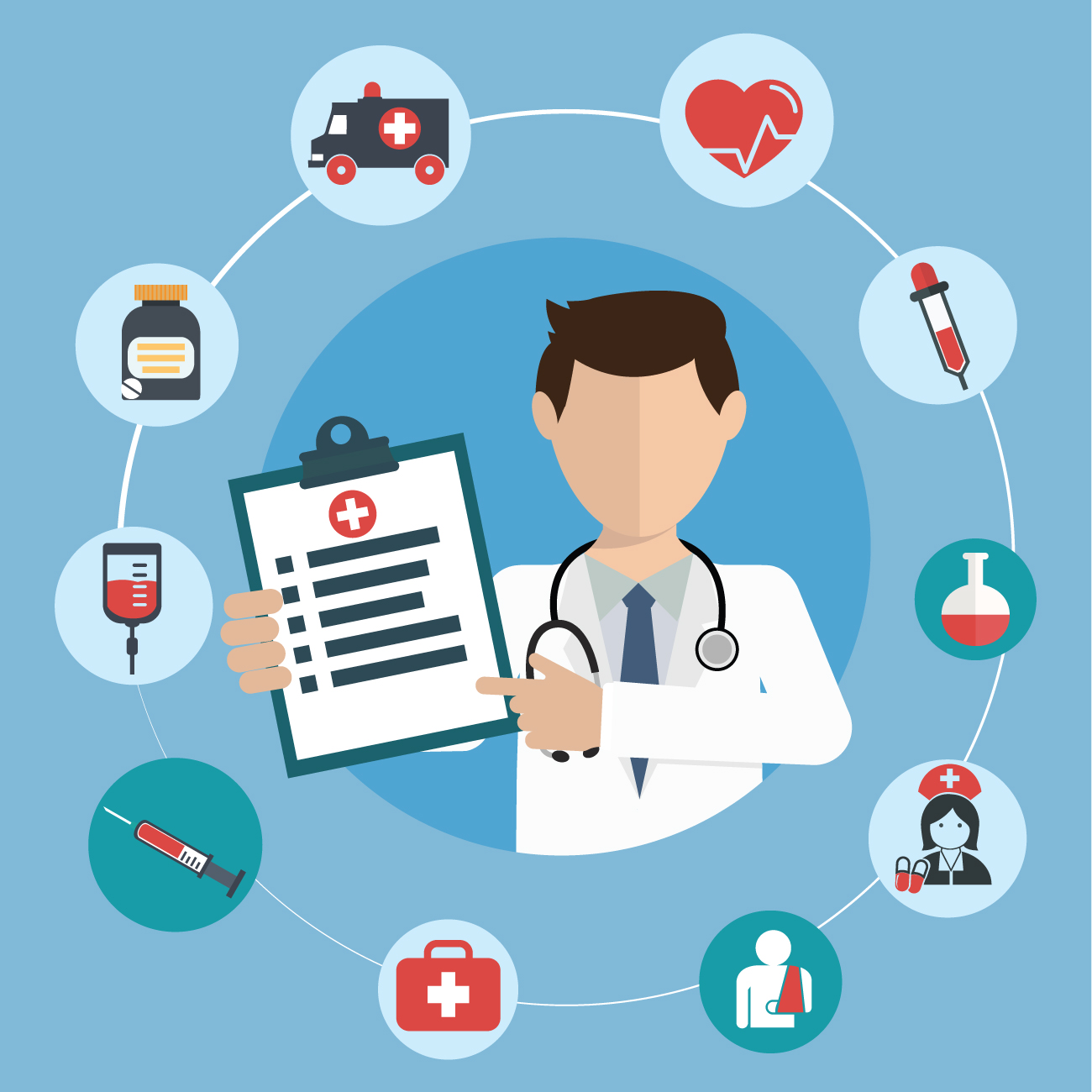
Introduction
Access to health and medical services is a vital component for enhancing quality of life and social welfare in any community. In urban areas, equitable distribution of medical centers, provision of free health services, and education and prevention of diseases can significantly affect public health and the quality of life of residents. This article examines the role of these factors in improving access to health and medical services in the city.
- Equitable Distribution of Medical Centers
1.1. Importance of the Geographical Location of Medical Centers
The geographical location of medical centers can have a profound impact on citizens’ access to health services. Medical centers should be located in various parts of the city to ensure all individuals, particularly those living in underserved areas, can easily access services.
1.2. Use of Mapping and Demographic Data
Utilizing demographic data and geographical mapping to identify weaknesses in access to health and medical services can help in better planning for the distribution of medical centers. This process can include analyzing needs and target populations.
- Provision of Free Health Services
2.1. Access to Primary Services
Providing free health services, especially primary services such as medical check-ups, vaccinations, and community health services, can alleviate financial burdens on citizens and promote public health. These services should be particularly designed for vulnerable and underserved groups.
2.2. Impact on Mental Health
Access to free health services can also have a positive impact on the mental health of citizens. When individuals feel that basic services are available to them, they will certainly experience less financial stress and anxiety.
- Education and Prevention
3.1. Educational Programs
Education in health and medical fields is essential for raising awareness among citizens about the importance of healthy lifestyles, disease prevention, and chronic disease management. Conducting workshops, seminars, and educational programs can increase individuals’ awareness and encourage them to adopt healthier behaviors.
3.2. Prevention Programs
Disease prevention programs, such as vaccinations, periodic check-ups, and screening initiatives, can help reduce the incidence of diseases and increase longevity in the community. Especially in underserved communities, these programs can significantly impact the improvement of public health.
- Challenges in Accessing Health Services
4.1. Imbalance in Resource Distribution
An imbalance in the distribution of financial and human resources can hinder the equitable provision of health services. This situation is particularly evident in rural and marginalized areas.
4.2. Lack of Citizen Awareness
A lack of awareness and information regarding available health services can lead to ineffective access to these services. To overcome these challenges, greater focus must be placed on education and public information.
Conclusion
Access to health and medical services is a key factor in enhancing the quality of life for citizens and improving public health. Equitable distribution of medical centers, provision of free health services, and educational and prevention programs can help establish an effective and sustainable health system in cities. To improve access to these services, it is essential to carry out precise and scientific planning aligned with the real needs of the community.
References
- World Health Organization (2021). Health equity and its determinants. WHO.
- Marmot, M., & Allen, J. (2014). “Social Determinants of Health Equity.” American Journal of Public Health, 104(S4), S517-S519.




